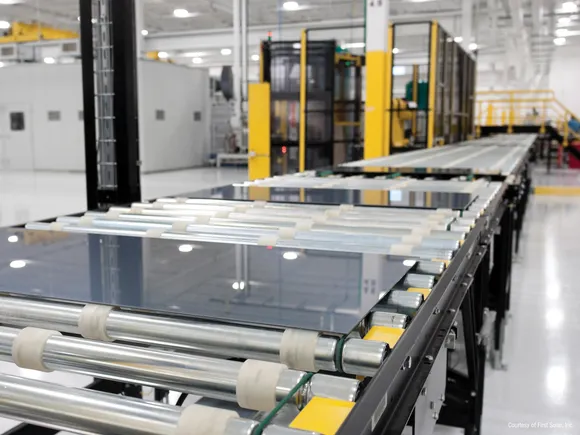Photoimmuno‐Lure Nanoplatform for Enhancing T Cell Expansion in Glioblastoma via Synergistic Treatment of Photodynamic Therapy and Immune Checkpoint Inhibition
Advanced Healthcare Materials, EarlyView.

This study presents a photoimmuno-lure nanoplatform combining photodynamic therapy and immune checkpoint inhibitor therapy to treat glioblastoma. It induces immunogenic cell death, modulates suppressive cells (MDSCs, TAMs, Tregs), and enhances T cell activation, effectively overcoming the tumor’s immunosuppressive microenvironment.
Abstract
The immunosuppressive tumor microenvironment (TME) of glioblastoma (GBM) limits the efficacy of immune checkpoint inhibitors (ICI), primarily due to the absence of cytotoxic T (Tc) cells. In this study, a photoimmuno-lure nanoplatform is presented that combines amphiphilic photosensitizers (PSs) with Atezolizumab leading to the modulation of the TME of GBM and improvement of the therapeutic efficacy through synergistic photodynamic therapy (PDT). The amphiphilic PSs exhibited four-fold higher GBM specificity, superior photostability, and enhanced singlet oxygen generation efficiency (1O2ΦΔ: 0.92) compared to conventional PSs. In in vitro GBM cell lines, amphiphilic PSs increased immune activation cytokines and improved ICI responsiveness compared to single ICI treatment. In addition, similar results are acquired in a GBM 3D spheroid model, showing significantly elevated Tc cell activation. In orthotopic in vivo GBM model, the nanoplatform achieved a 100% survival rate for up to 60 days. Immunological analysis revealed each 2.36-fold, 4.19-fold increase in activated dendritic cells and Tc cells respectively, and significant reductions in MDSCs (0.48-fold) and regulatory T cells (0.5-fold). As a result, this study demonstrates the potential of the synergistic photoimmuno-lure nanoplatform as a clinical solution to overcome the immunosuppressive TME of GBM and activate innate and adaptive immunity for effective treatment.





























































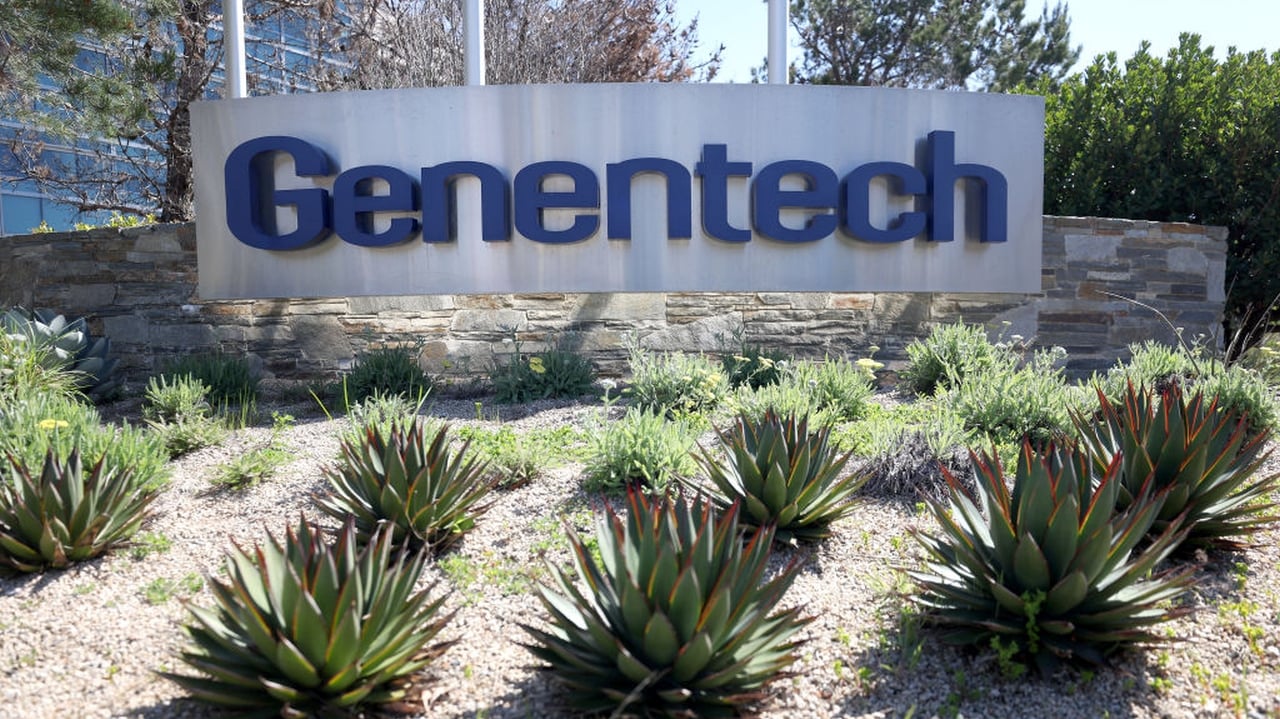






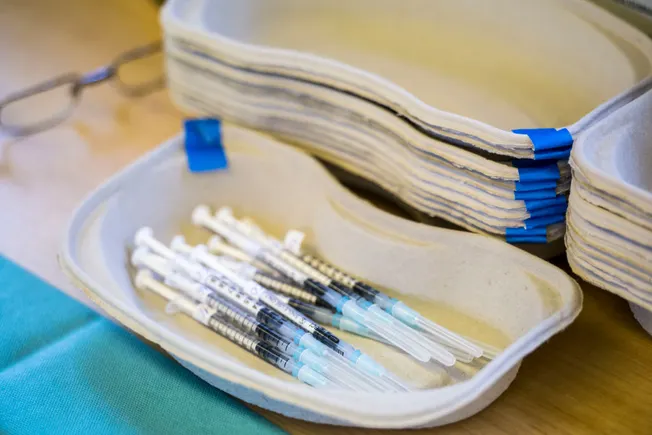
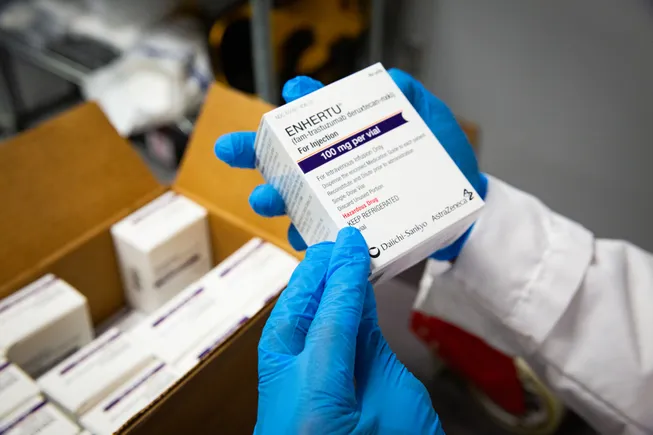
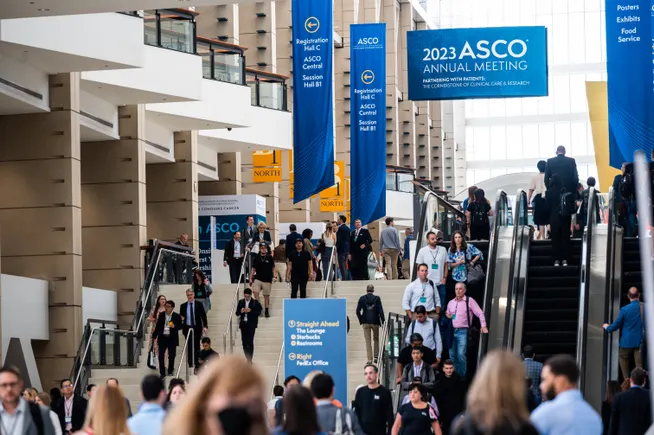













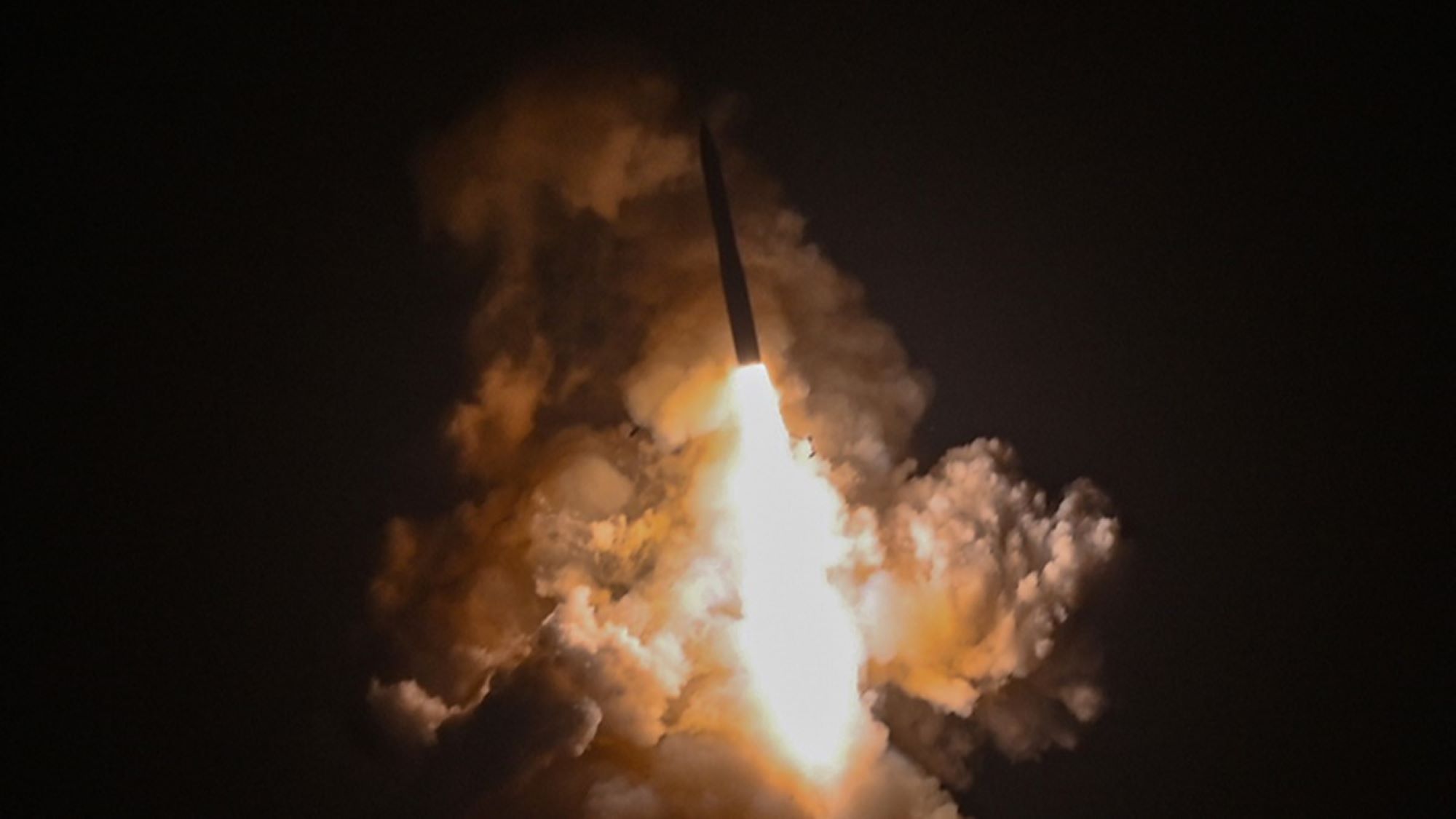


![The F-35’s future: The power and cooling competition that could change everything [Video]](https://breakingdefense.com/wp-content/uploads/sites/3/2024/09/240924_F35_moon_USAF-scaled-e1727200160419.jpg?#)



















































